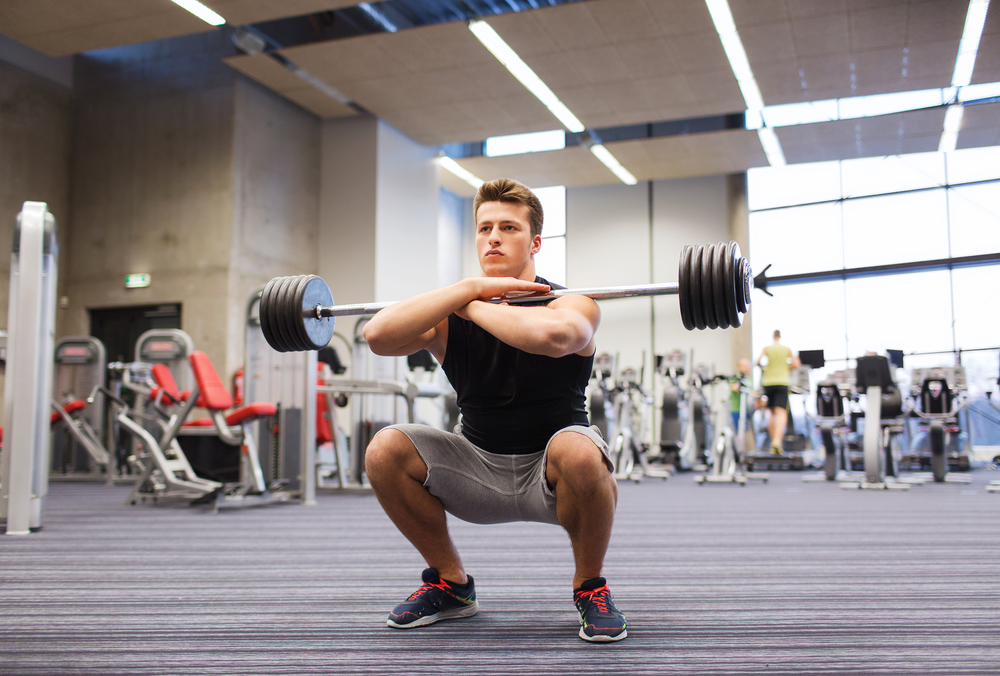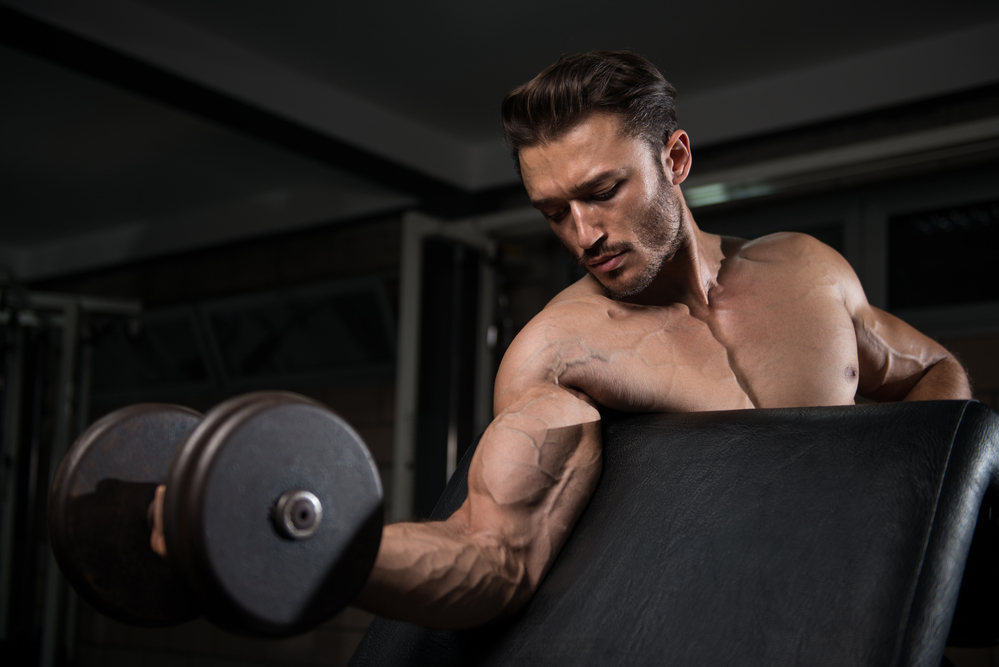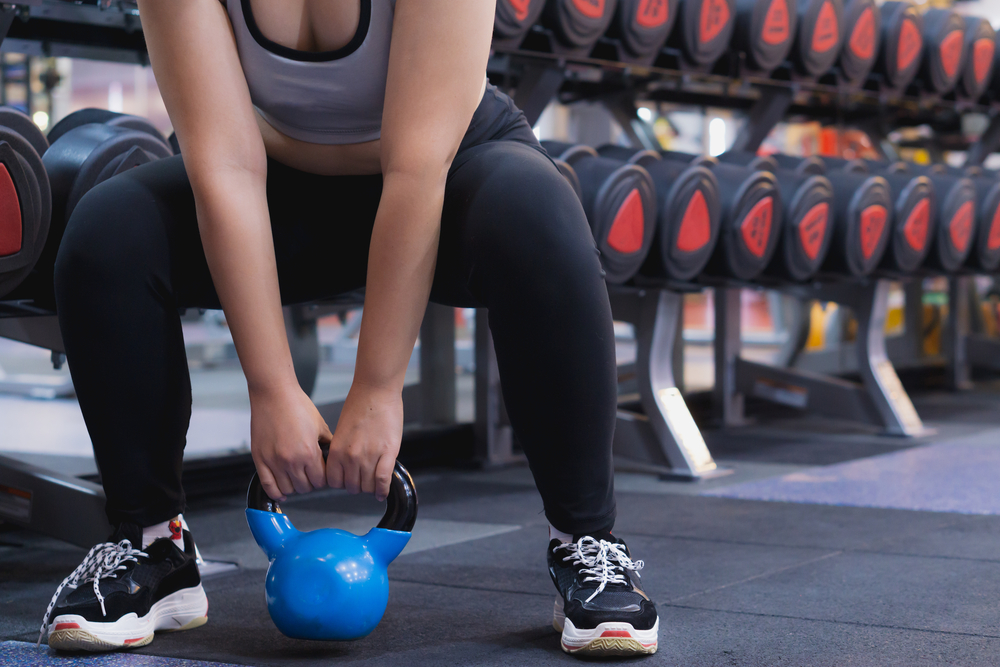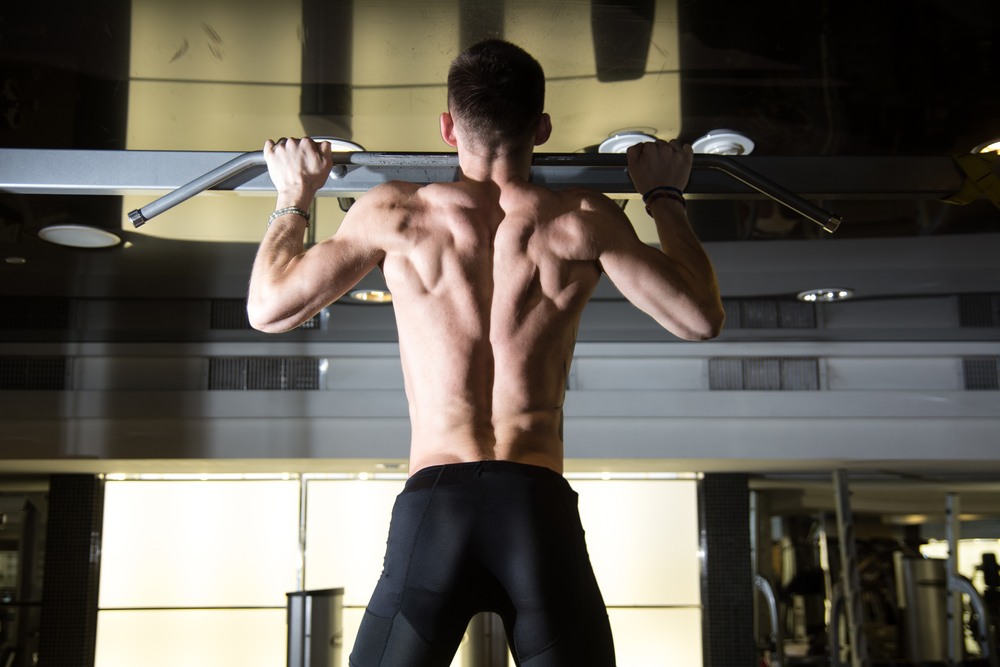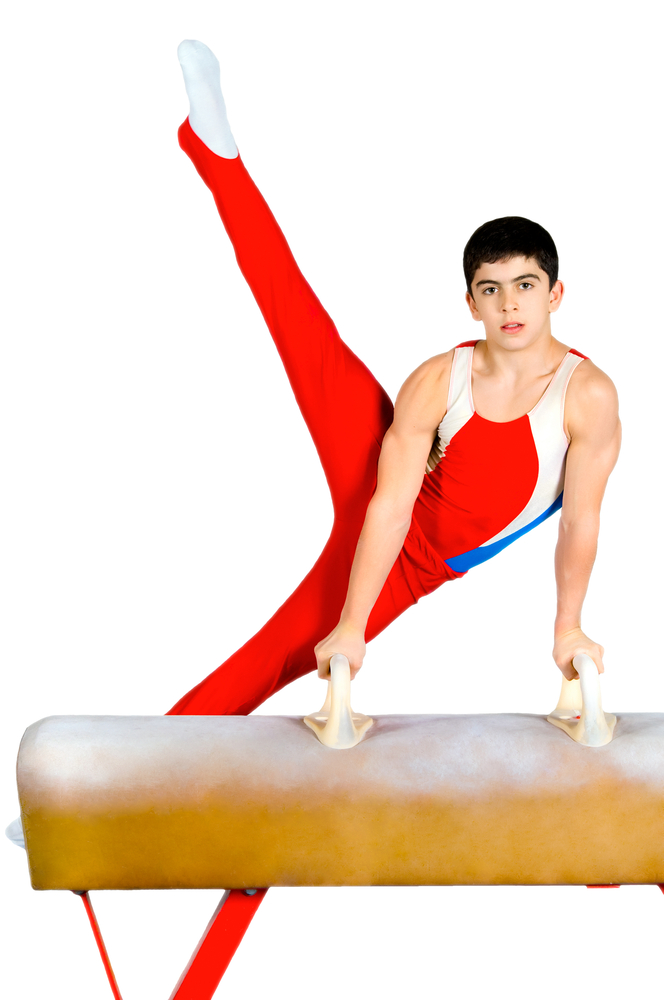
Table of Contents
The gymnastics vault has a complex effect on the body, increasing muscle tone, flexibility, and developing a sense of balance. To do vaults, you’ll need sports equipment – vaulting goat or horse. This sports equipment is in most gyms. Therefore, you can add exercise to the training program. Almost everyone can learn to vaults, regardless of age and degree of sports training.
How does gymnastics vault affect the body?
Like other gymnastics exercises, the gymnastics vault trains all the muscles of the body. In addition to the large muscle groups, the exercise affects the small stabilizing muscles and develops joint flexibility. Therefore, the vault can be an important part of the training process.
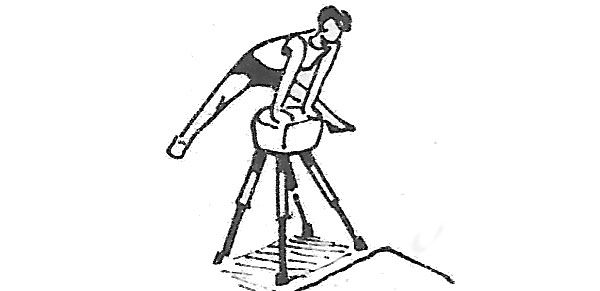
Many sports trainers also consider the exercise as a cardio load. Because the heart rate increases during the run. It has a positive effect on the body and tones up the cardiovascular system.
Exercise phases
There are several types of gymnastics jumps. Jumps with the use of a goat or horse are usually referred to as gymnastics vaults. In fact, the gymnastic apparatus acts as a support.
You can install the gymnastic apparatus in length or width. The technique of the jump and the distance of the run depends on this. In addition, there are several jumping styles – straight or side.
https://www.youtube.com/watch?v=9x1Fp_CLfiE
The technique of vaulting horse jump has several phases:
At first glance, such a sequence may seem very complicated. In reality, all stages pass very quickly. They go smoothly into one another. All jump phases are important. If during any of them you make a mistake, it will ruin the whole exercise. The technique of jumping over a gymnastic apparatus (vaulting horse or goat) doesn’t differ for men and women.
The gymnastics vault requires preliminary preparation. These are an active stretch and warming up of muscles and joints. Violation of the rule may cause injury and severe muscle pain.
Pre-jump warm-up
The warm-up goal is to prepare the muscles and ligaments for the load. Before starting the training, it’s recommended to walk around the gym. Use regular walking, changing your pace periodically. Then go on your toes and heels. Run a few laps. Perform a series of squats and lunges. Jumping rope is a great idea too.
After a warm-up of your legs, move on to other muscles. Make turns of the head and body, bends back and forth. Don’t forget about the rotation of joints on different sides. Warm-up time often correlates or even exceeds workout time. After a stretch, you should feel the body’s flexibility, muscle elasticity, and joint mobility.
There is a faster and more intense warm-up option for experienced athletes. It includes several series of jumps, each of which must be performed within 30-60 seconds. First, jump in place, trying to touch your knees to your chest. Next, do the transitions from a lying posture to a sitting posture.
Exercise technique
Let’s take a closer look at each stage of the exercise.
https://www.youtube.com/watch?v=Qfc2_xxV-B0
Run-up
Accelerate gradually during the run-up. Sudden changes negatively affect the quality of the jump. The run-up speed reaches 8 m/s in professional gymnastics.
Take the starting position from which you usually start running. Don’t start too abruptly. Your movements should be fluid and natural. The length of the distance depends on a few factors:
Type of sports apparatus
Type of jump
Level of sports training
The run-up distance is approximately 10 m for beginners. The running technique is the same as for short-distance running.
Jump on the springboard
Jump when reaching maximum acceleration. Many beginners make the mistake of slowing down right before jumping onto the springboard. This automatically degrades the technique and spoils the result.
Usually, the sports apparatus and the springboard are 1 meter apart. However, you can increase or decrease the distance depending on the run-up speed. Tilt your body slightly forward. Move both legs over the torso line and bring them together. Then push off and touch the springboard. At this point, your hands should be down.
Push off with your legs
Landing on the springboard is essential. Land on your toes. In this case, the legs should be practically even and tense. Place your feet on the springboard parallel to each other.
After landing, a new phase begins – the push with the legs. Straighten your legs at the knees. And tilt your body forward a little, rounding your back.
Flying and touching the vaulting apparatus
During the flight phase, the athlete kicks back and unbends the body. It prepares the joints of the pelvis for rapid flexion with the subsequent thrust.
The push includes 3 stages:
Placing hands on a support (the surface of a vaulting horse or goat)
Reception of a blow with flexion of the elbow joints and subsidence in the shoulders
An active push, during which the shoulders move up, the arms are straightened, and the wrists bend
It’s important to combine the jerk with the arms with the jerk of the body. It will raise the pelvis and stop the legs. In turn, this will allow you to fly higher.
Flying after push
The flight stage is one of the most important for an athlete. The body position in flight depends on what type of jump you make. Before landing, you should straighten your body and strain your legs as much as possible.
Land on your toes and immediately stand on your feet. If you don’t do this, you can lose your balance and fall. Try bending your legs slightly to soften the blow. Hard landing can lead to pain and injury.
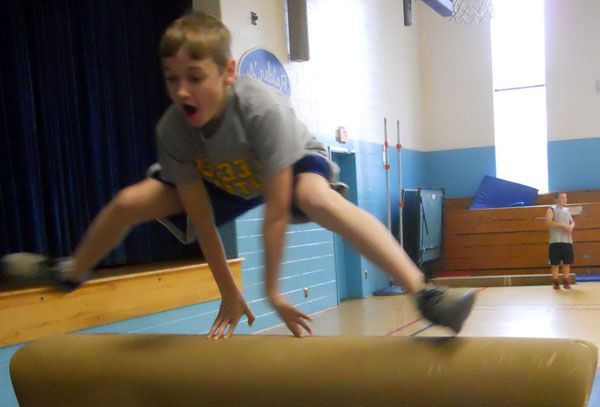
The gymnastics Vault is a classic exercise from artistic gymnastics. It develops the entire body evenly, improving flexibility and balance. Use jumps regularly and correctly combine them with strength training. Thanks to this, you’ll get a relief body and increase your sports results.



